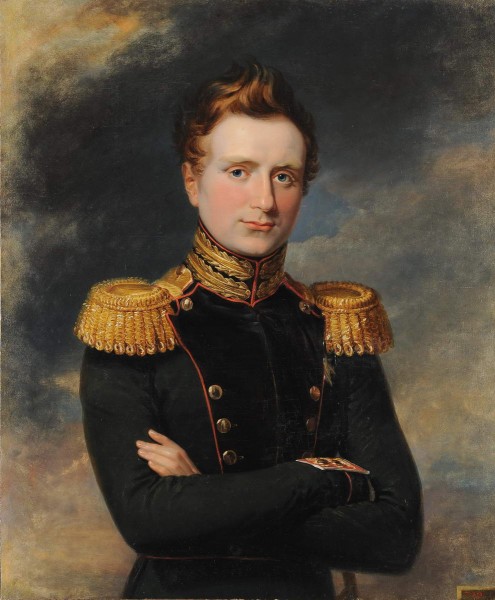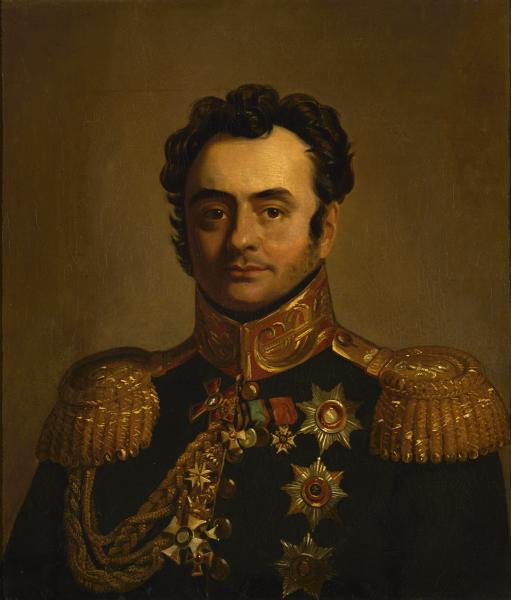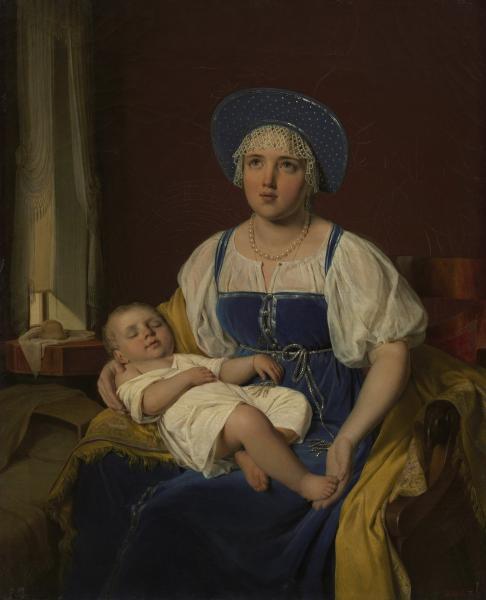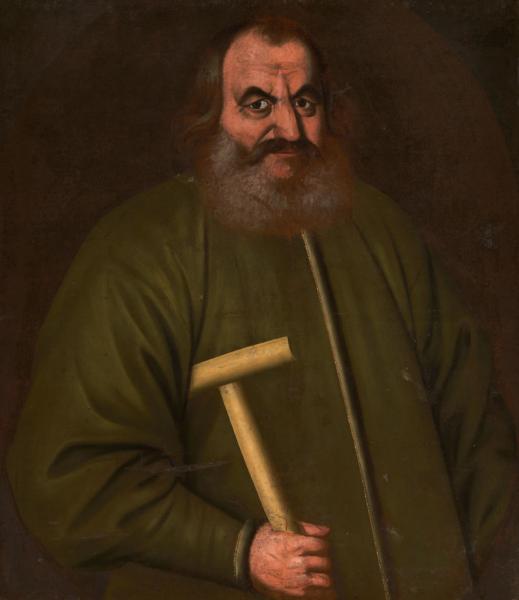The artist is a preschool educational institution

Grand Duke Mikhail Pavlovich (1798-1849) – fourth son of Emperor Paul I and his second wife, Empress Maria Fedorovna. From the day of birth, he had the title of Field-Fieldshekhmeister, actually entered the department of the artillery department in 1819. From 1817 to 1819 he made a big journey through Russia and Western Europe. In 1820 he founded an artillery school (former Mikhailovskoye). Since 1825-Inspector General for the engineering part, since 1831-the chief chief of the Page Corps and all the land cadet corps. Member of the Russo-Turkish War 1828-1829 and the Polish campaign 1830-1831. Member of the State Council. Contributed to a number of transformations in the army. In 1844 – Commander -in -Chief of the Guards and Grenadier Corps. Since 1824 he has been married to his cousin Frederick Charlotte Maria, Princess of Württemberg (in Orthodoxy – Grand Duchess Elena Pavlovna).
Victoria Kadochnikova. Exhibition catalog in Malaga "The Romanov dynasty". 2017. With. 320.
Depicted in the uniform of the guards artillery with the Order of St. Andrew the First -Called (star). The portrait was repeated many times by the author. The identical portrait was in the Romanov Gallery of the Winter Palace, option 1821 – in GMZ "Pavlovsk". Engraved a. Raimbach and r. Kuryatnikov.
 Publication on the restoration of the picture on the website of the Restoration Service of the Russian Museum
Publication on the restoration of the picture on the website of the Restoration Service of the Russian Museum
+ About the restoration of the work
– Hide the text about restoration
The state of safety before restoration:
The basis for restoration was not an exposition type of picture – the picturesque surface was closed by a thick layer of yellow varnish. In addition, against the background, there were significant gross late registrations that are very different in color and tone from author’s painting.
The portrait at different times was repeatedly restored. It was finished off to the new canvas, the author’s edges were cut in the size of the subframe, the edges were absent.
Complex of the events:
Studies under a microscope made it possible to detect traces of bending and nail holes under a layer of records along the left edge. This said that when duplicating the edge was straightened and the size of the canvas was increased, after which the edges were overloaded and rewritten. In the process of removing the late dark varnish and notes along the edges, a late oil rewinding was discovered, widely overlapping author’s painting. Removing layers on a trial plot showed that under it is an author’s colorful layer in satisfactory condition. The second stage of clearing was the removal of the re -wrap around the entire perimeter, which allowed to discover a significant part of the author’s painting.
Upon completion of all work to remove records and layers of darkened varnish, the place of loss of a colorful layer and soil were replenished with restoration soil. Restoration tints have been completed.
After the removal of later layers, the author’s flavor was not only revealed, but the author’s smear made in the lumen to the underlying layer – a technique that is very characteristic of George Dow, became well visible.
Keeping a story. Restoration workshop of the Russian Museum – 100 years. SPb, 2022. With. 105.


